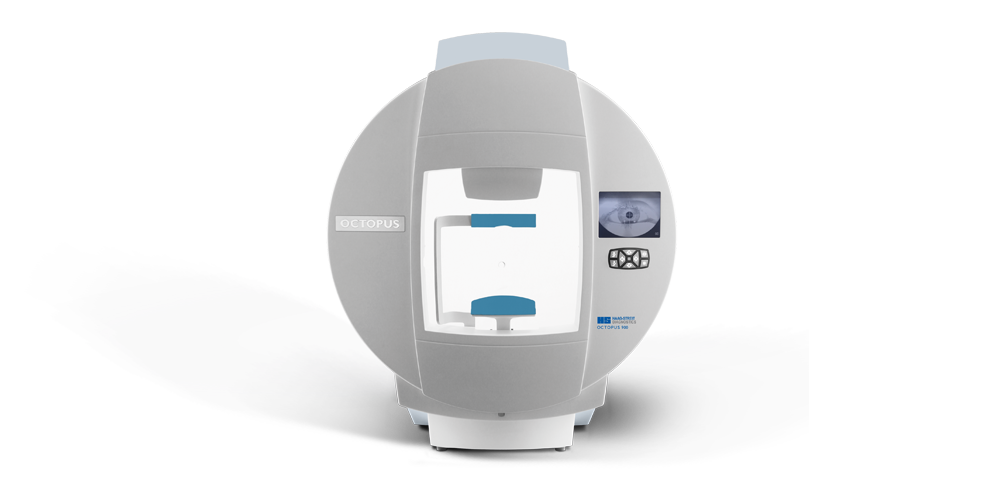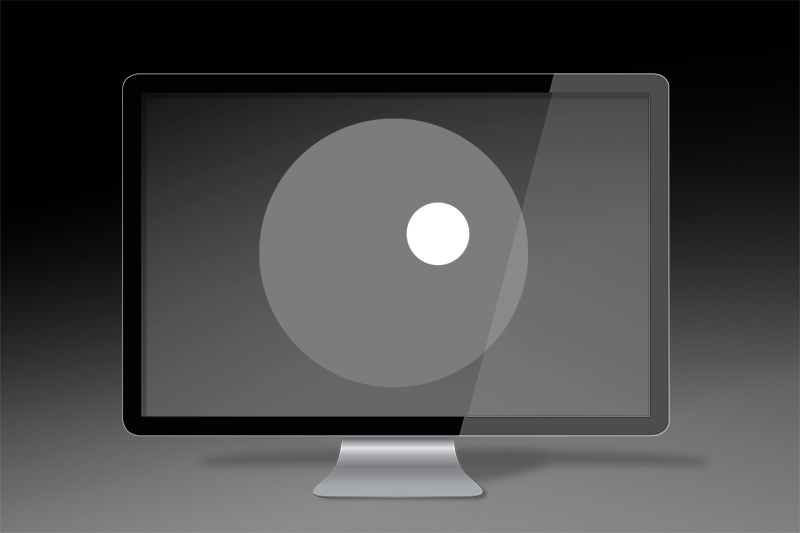
Everything you need
The Octopus 900 performs standard white-on-white threshold testing in just 2–4 minutes in the central visual field. With its comprehensive test library for central and peripheral tests and its flexible printouts both in Octopus and HFA-format it covers all your clinical needs.
A test for any situation
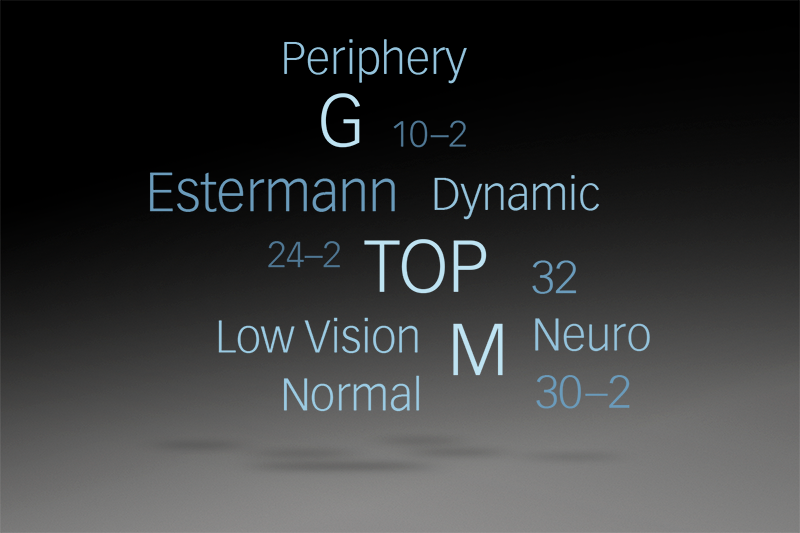
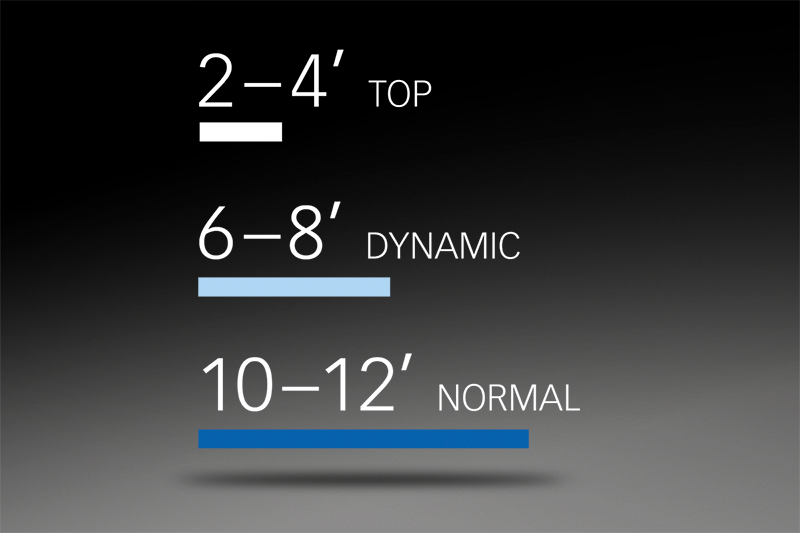
Would you like to try other settings? Then use the flexible custom test function to create the test you want.
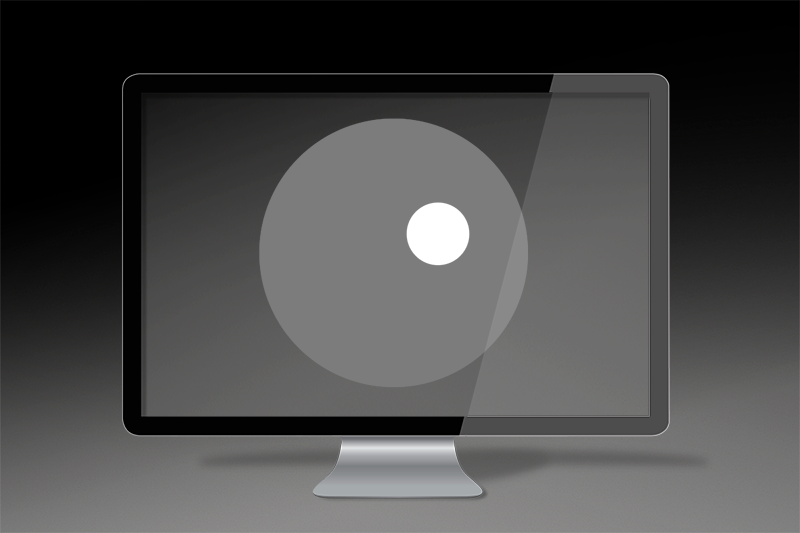
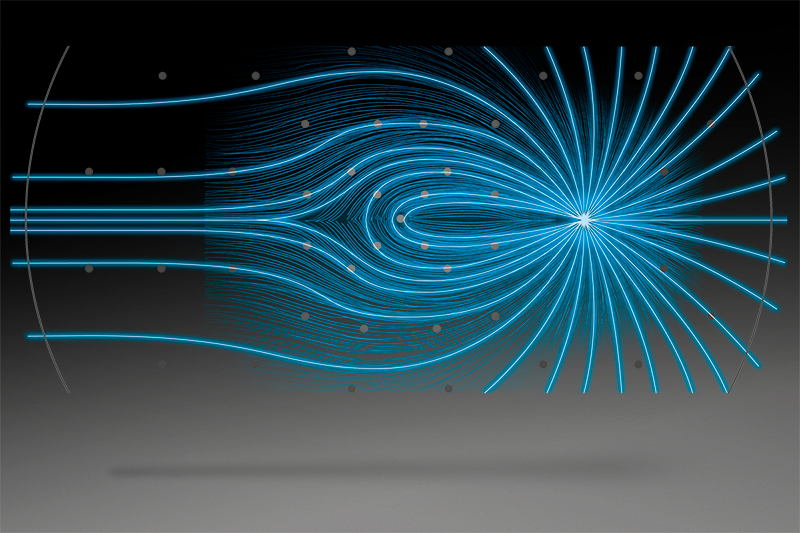
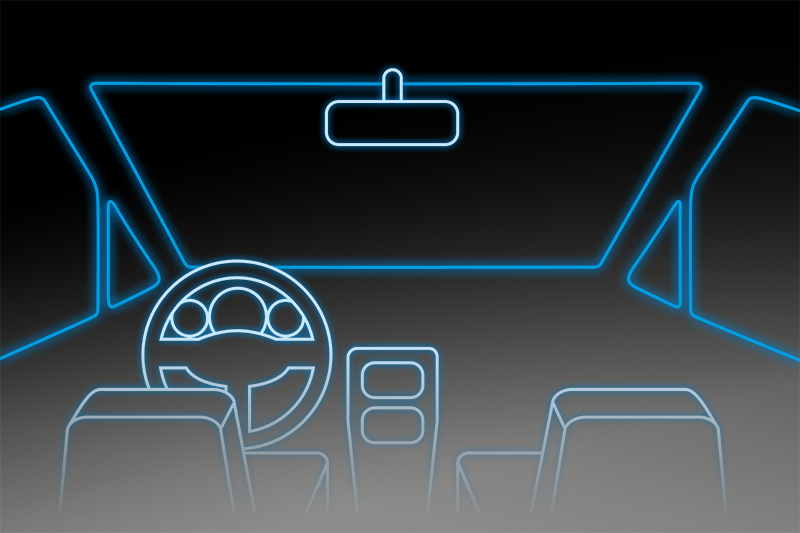
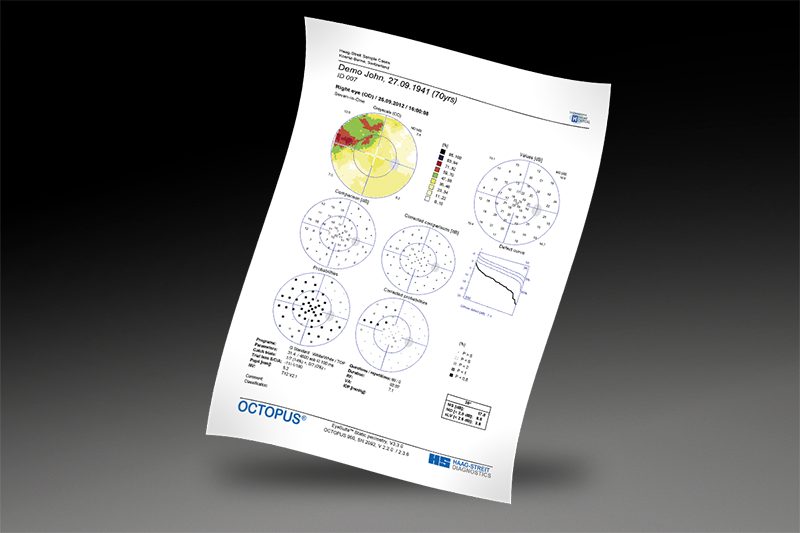
Standard Octopus representations
Smooth transition from HFA
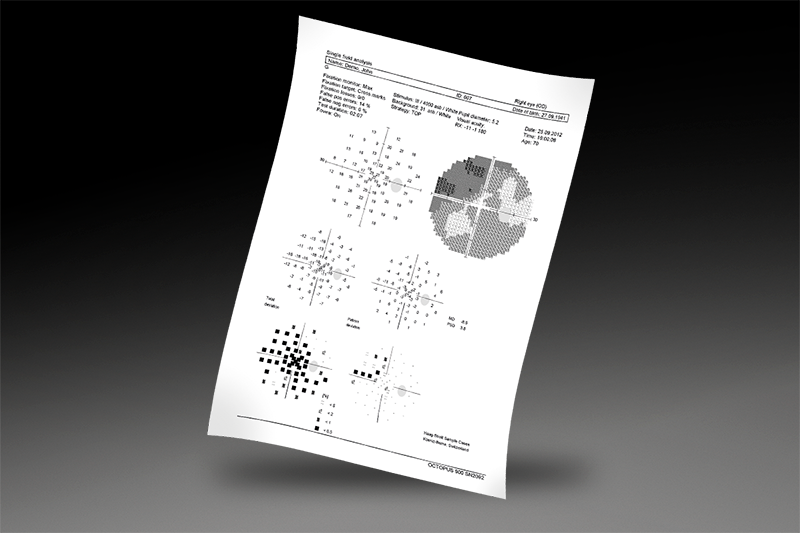
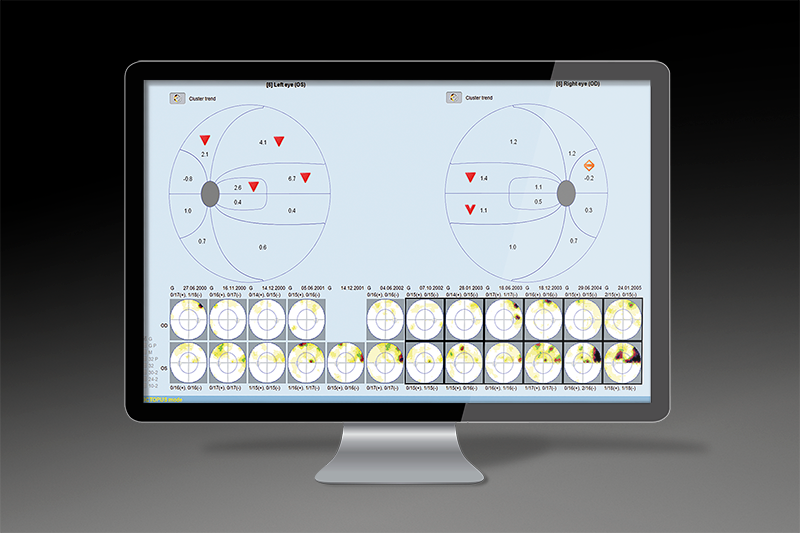
A clear view on glaucoma
Get the most out of your glaucoma visual field with the highly sensitive Cluster Analysis, the intuitive Polar Analysis for structural comparisons and the easy-to-interpret EyeSuite Progression Analysis.
Immediate identification of true change
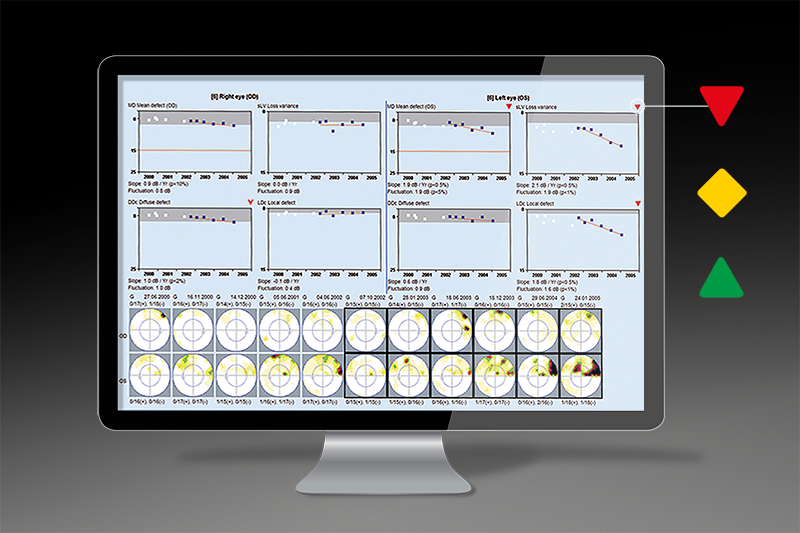
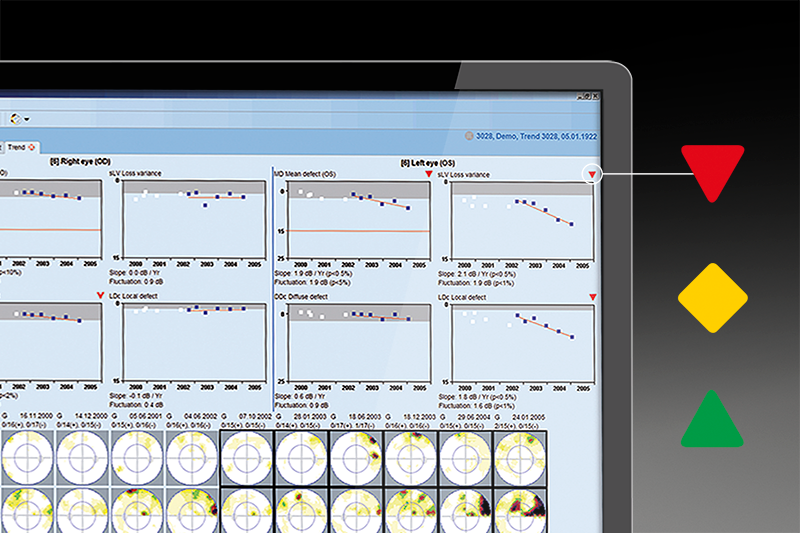
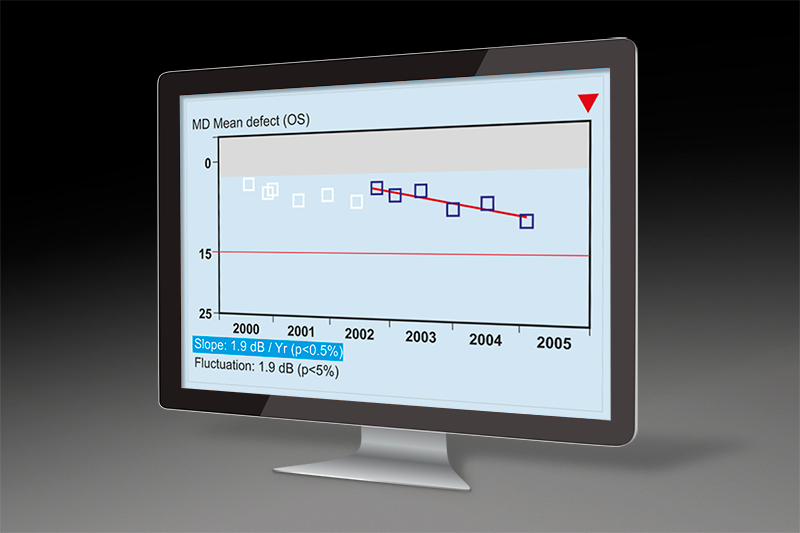
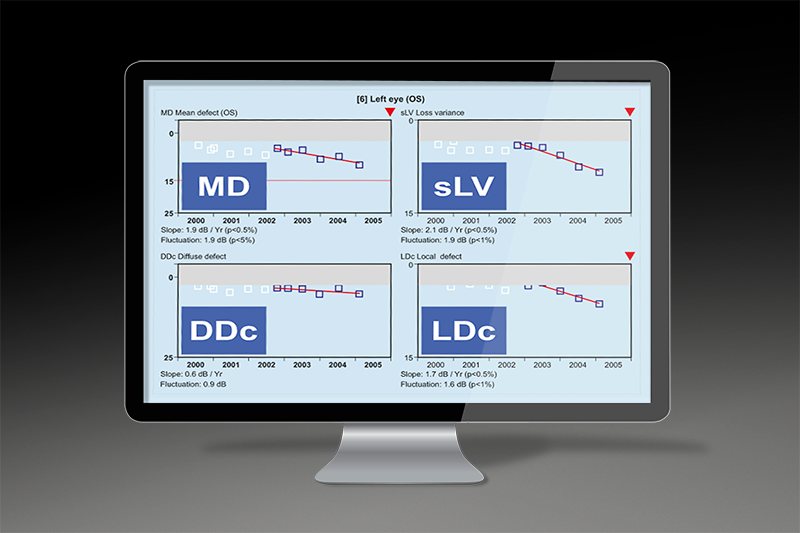

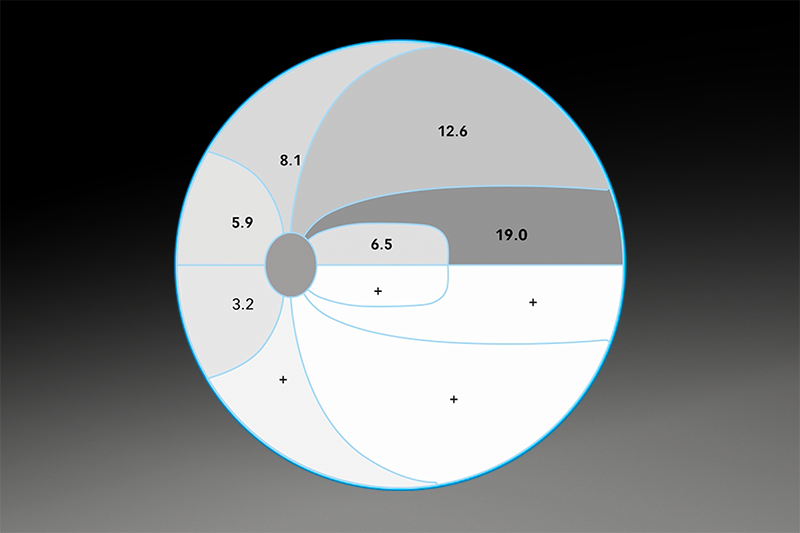
Sensitive glaucoma analysis
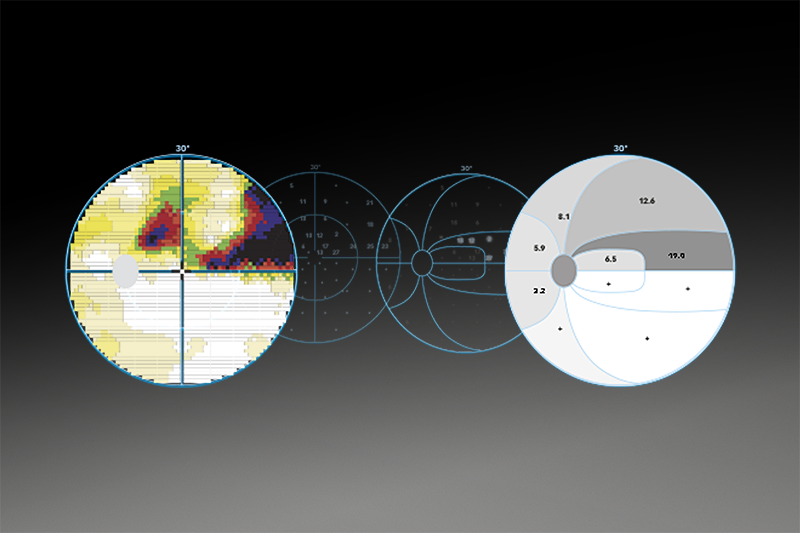
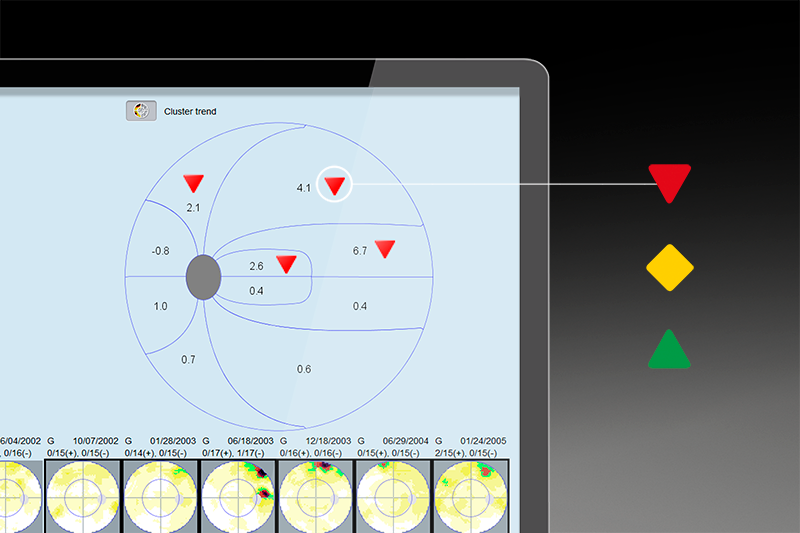
For intuitive structural comparison
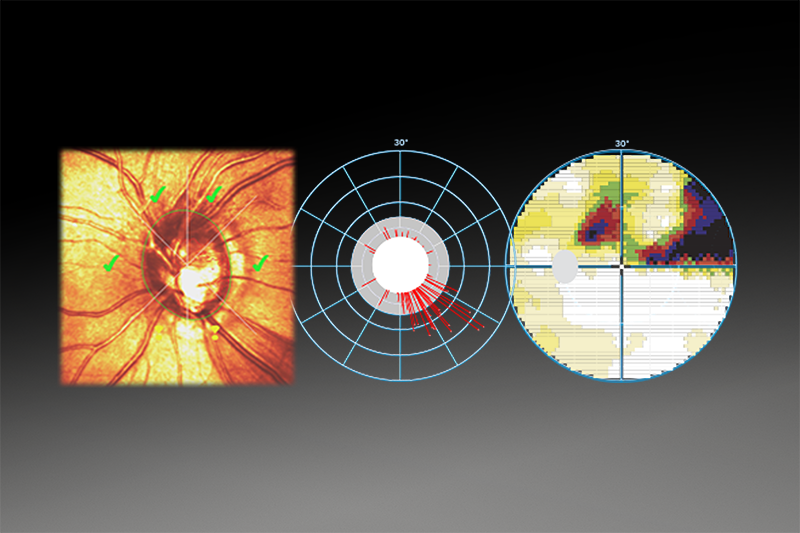
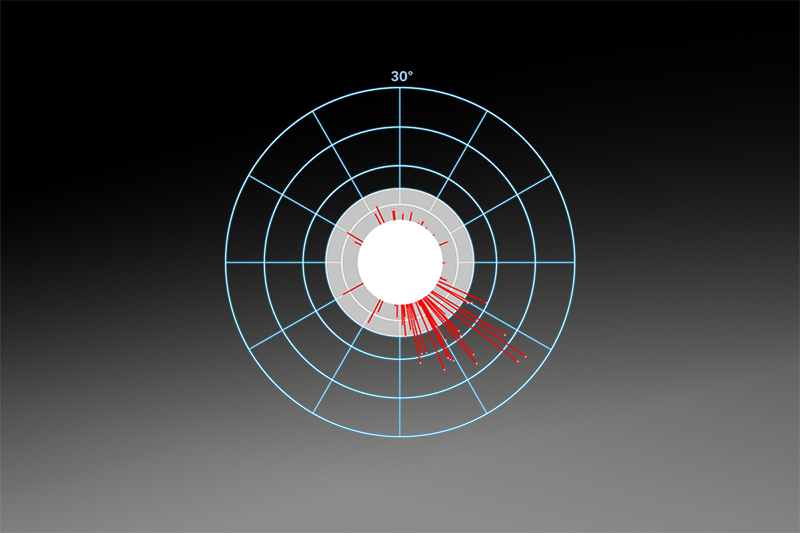
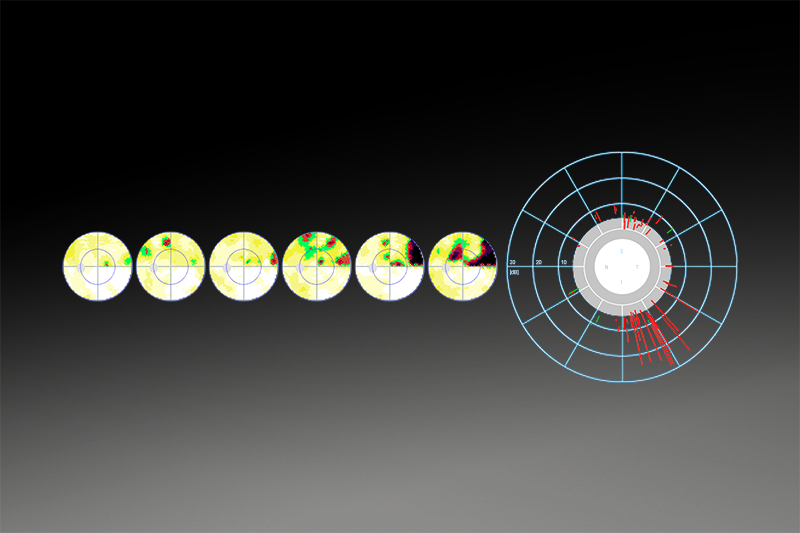
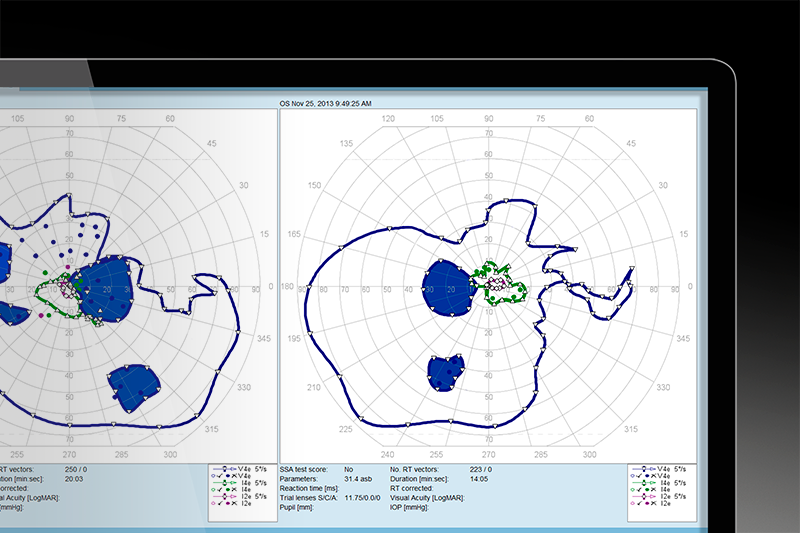
The modern Goldmann perimeter
Appreciate the same characteristics and kinetic flexibility as offered by the original Goldmann perimeter and further benefit from simplified and more consistent operation.
Comparable to the manual Goldmann perimeter
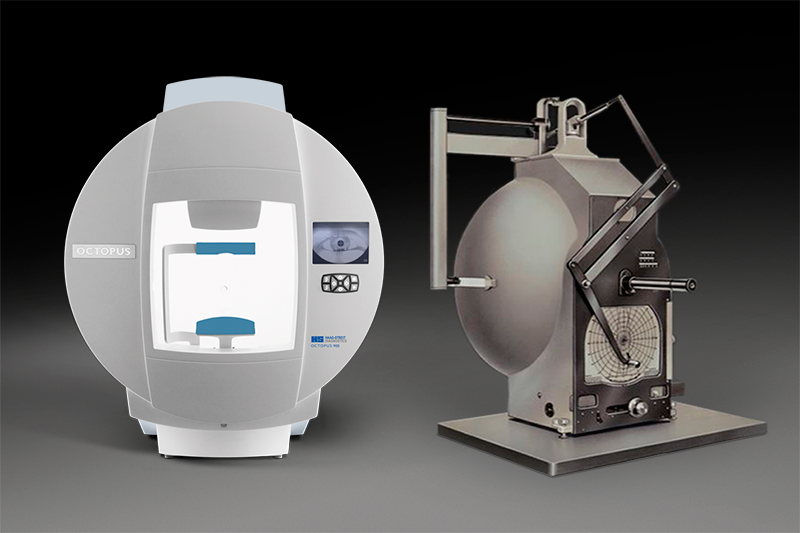
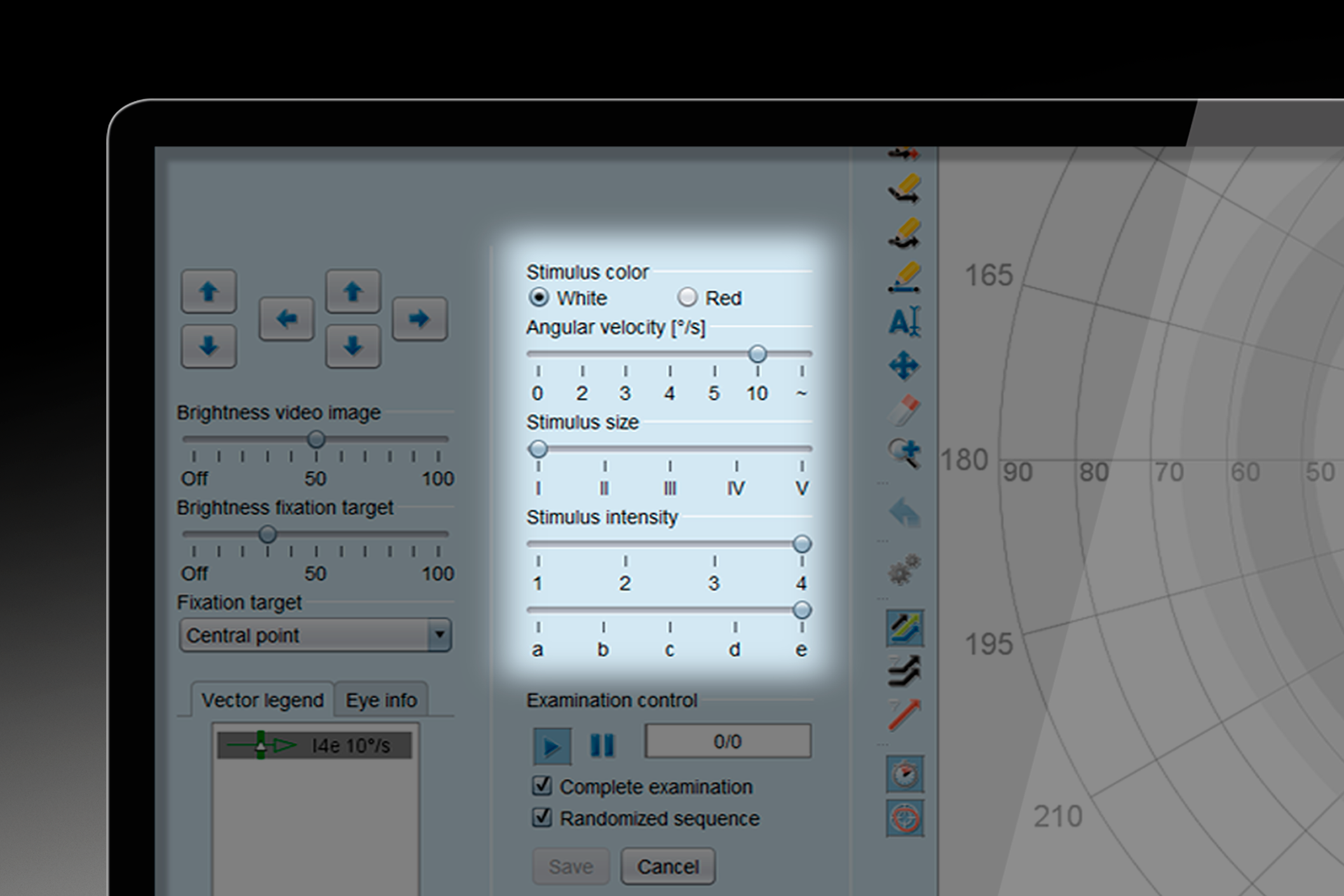
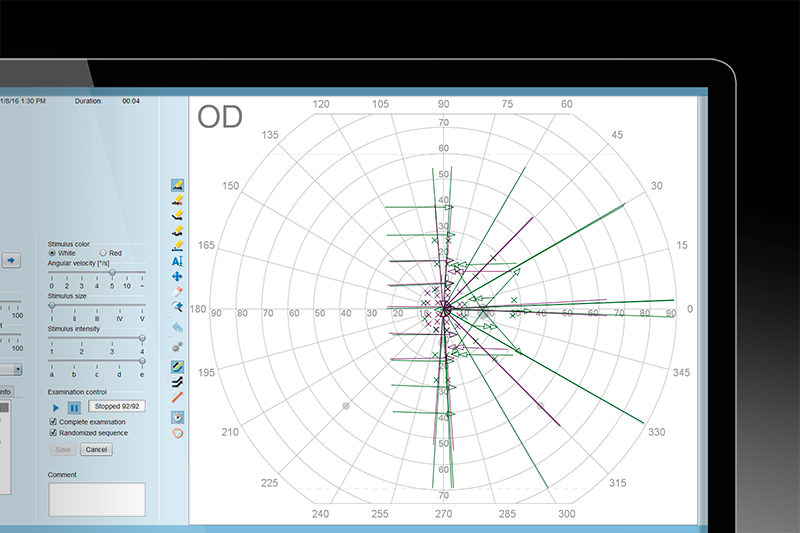
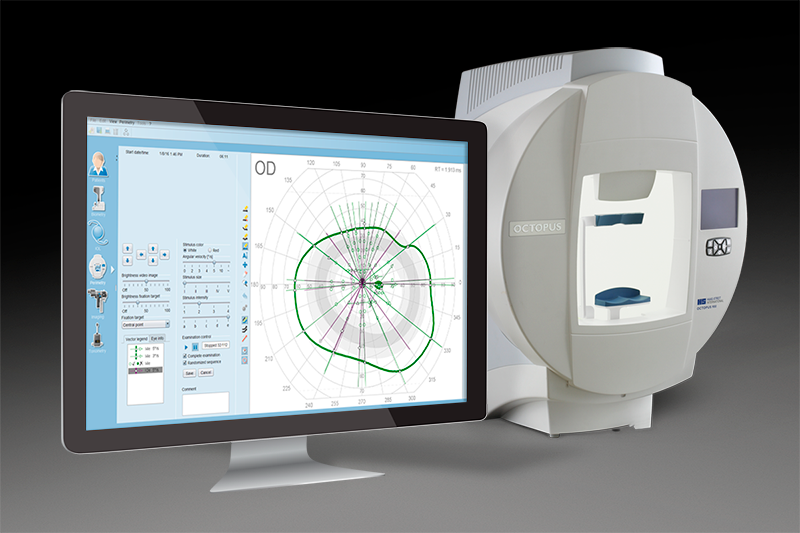
Simplified and more consistent operation
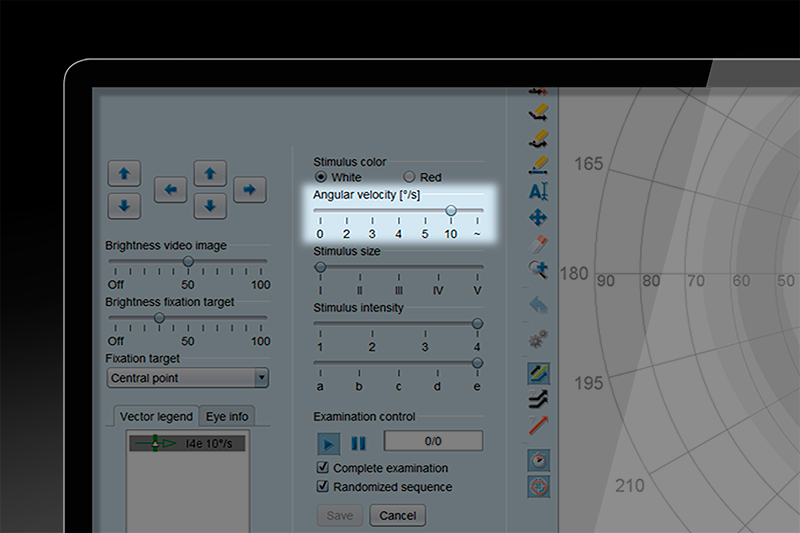
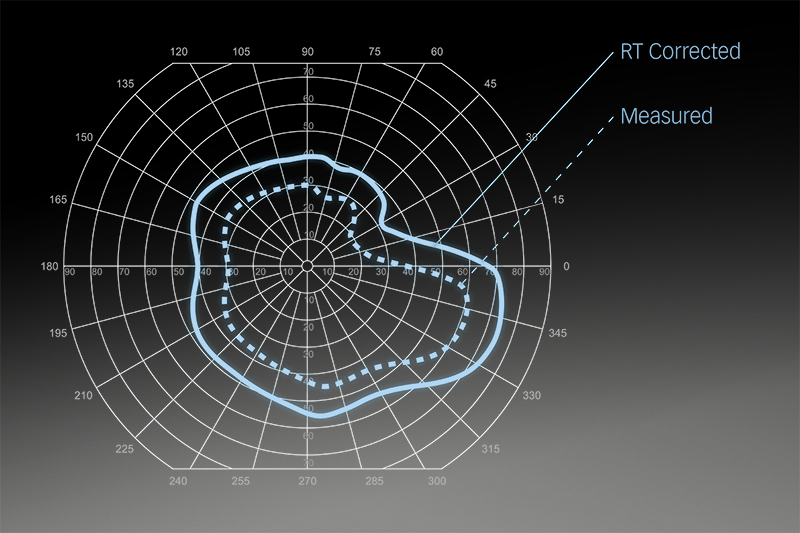
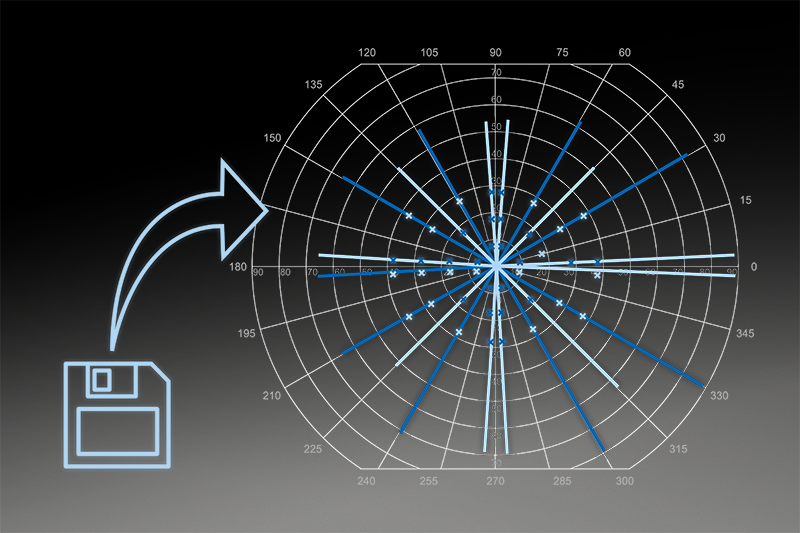
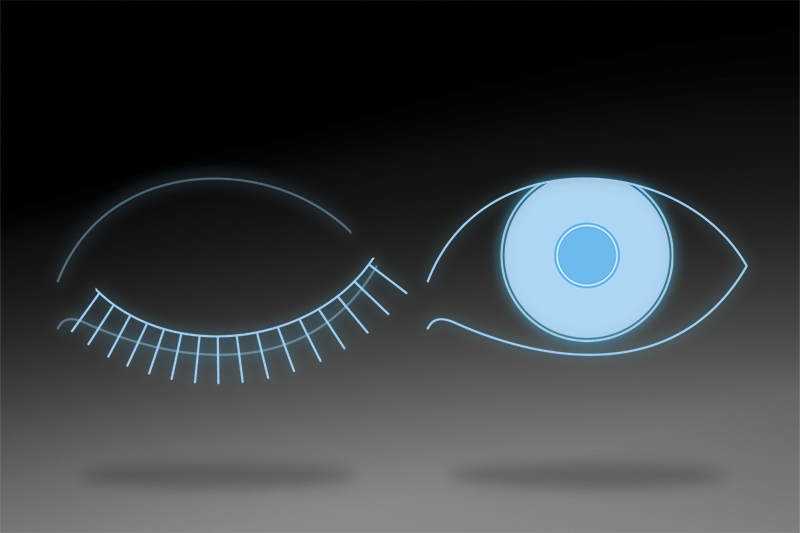
Perimetry you can trust
Enjoy the reliability of Octopus perimeters, for example with Octopus Fixation Control which automatically eliminates fixation losses from your visual field testing.
Automatically eliminate fixation losses
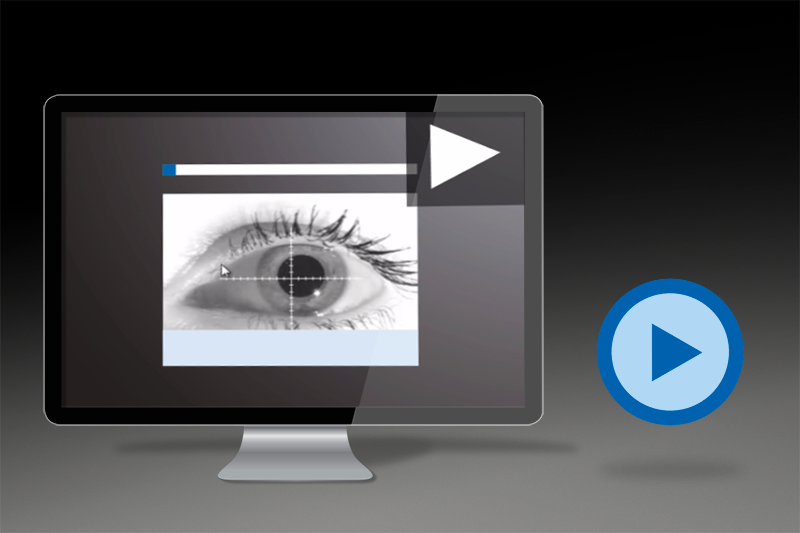

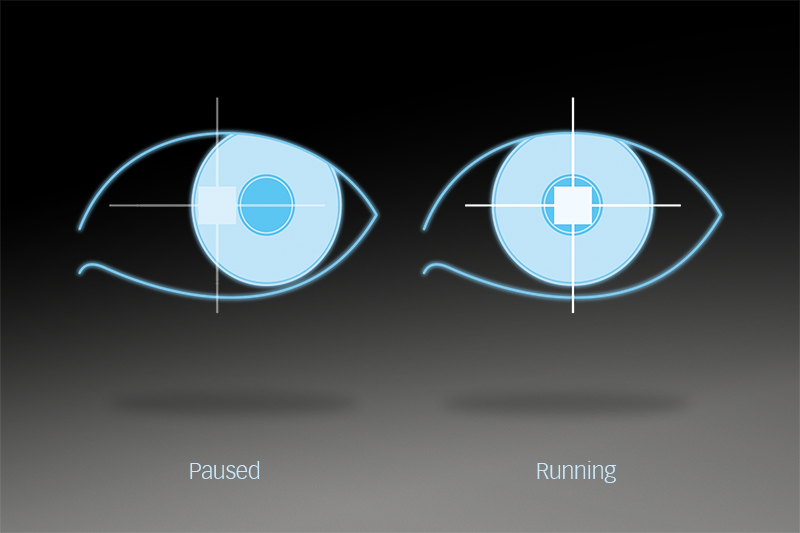
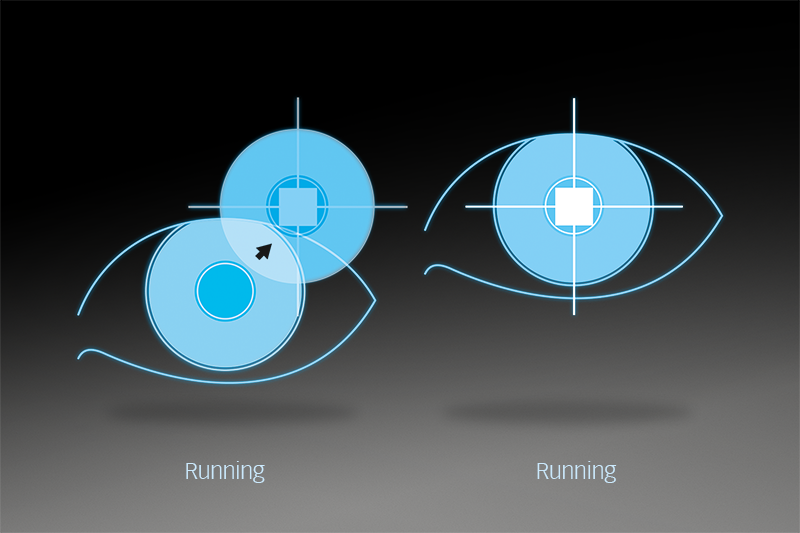
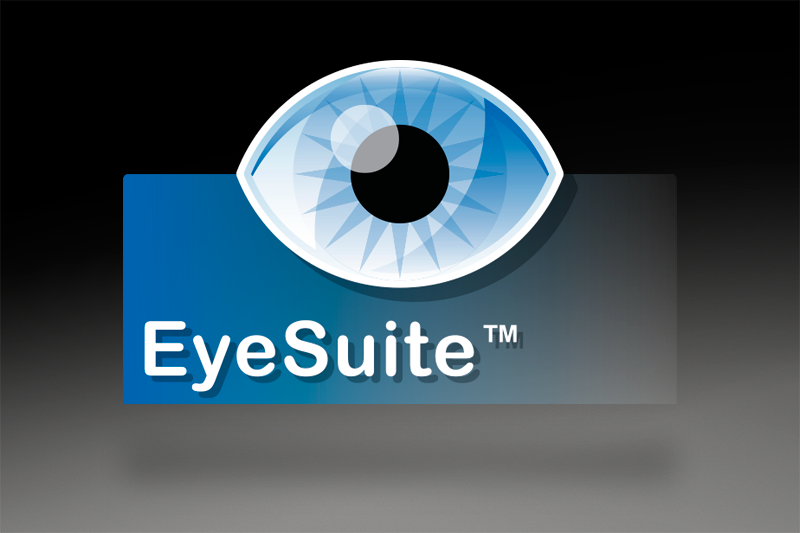
Easy integration in your practice workflow
The EyeSuite software has been designed for optimum patient flow in busy practices. It controls all Haag-Streit devices and allows for them to be networked with other Haag-Streit devices, your office computer and your EMR system without the need for any expensive third-party software.

